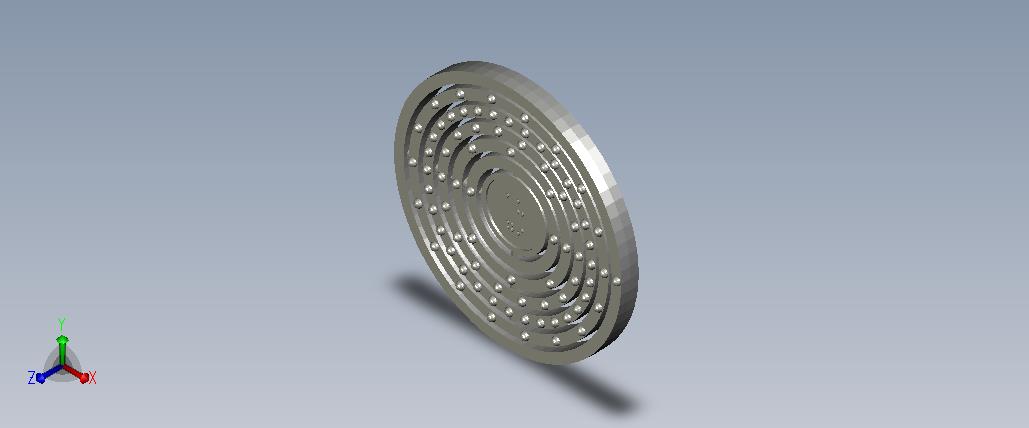
This terrane is geologically analogous to iron-copper-gold-rare earth element-uranium deposit and similar (but smaller) deposits that have been discovered there in recent years. Francois Mountains terrane likely has the highest potential for undiscovered large rare earth element deposits in the conterminous United States. Depths to these deposits vary from 325 to 415 meters below the topographic surface. The geologic and geophysical components will address a regional area that includes known concealed deposits at Pea Ridge, Bourbon, Camel's Hump, Boss Bixby, and Kratz Spring. Develop a petrophysical database that contributes to mapping controls on rocks and structures that host high contents of IOCG-rare earth mineralization. Geophysically delineate and characterize the subsurface Precambrian geology using existing ground and new (proposed) airborne geophysical data.An improved understanding of the distribution, age, and origin of these deposits, and their genetically related pluton(s), will provide a valuable database for new industry exploration in the region and future mineral resource assessments. Geologically, characterize the setting and origin of the iron-copper-cobalt-gold-rare earth element deposits, and advance the knowledge of rare earth element and Co potential within iron oxide-copper-gold (IOCG) deposits of southeast Missouri.

dependence on foreign sources for these metals. would increase the domestic resource for critical metals such as rare earth elements,.Identifying new targets for exploration could result in the discovery of new deposits, which if delineated by drilling and determined to be commercially economic to mine, Francois terrane-and potentially undiscovered metal deposits-are unknown, except where data are available from drill cores. As a result, the geometry, age, and petrology of buried plutons and subvolcanic intrusions in the St. Francois Mountains terrane) and a widespread cover, as much as about 450 meters thick, of Cambrian sedimentary rocks. In most areas, the geology surrounding the deposits is uncertain, owing to limited outcrops of the host Precambrian igneous rocks (St. The geological framework and origin of the iron-copper-cobalt-gold-rare earth element (IOCG-REE) deposits in southeast Missouri are not well defined. Schematic figure showing principal characteristics and inferred setting of iron oxide ± apatite (IOA)- and iron oxide-copper-gold (IOCG)-type mineral deposits in Missouri iron metallogenic province (based on available drill core and surface information). From Day and others, 2016, doi:10.2113/econgeo.1.(Public domain.) However, it's easy to determine the configuration of electrons for heavier elements by making a chart.Sources/Usage: Public Domain. If there are more electrons than protons, the ion has a negative charge and is called an anion.Įlements are shown from atomic number 1 (hydrogen) up to 94 (plutonium). If there are more protons than electrons, an atomic ion has a positive charge and is called a cation. The isotope is defined by the number of neutrons in an atom, which might be equal to the number of protons-or not.Īn ion of an atom is one in which the number of protons and electrons is not the same. Remember, a neutral atom contains the same number of protons and electrons. The upper right side shows the number of electrons in a neutral atom.

The element atomic number and name are listed in the upper left. The final ring or shell of electrons contains the typical number of valence electrons for an atom of that element. The electron shells are shown, moving outward from the nucleus. Here are electron shell atom diagrams for the elements, ordered by increasing atomic number.įor each electron shell atom diagram, the element symbol is listed in the nucleus. For that, we have electron shell diagrams. It's easier to understand electron configuration and valence if you can actually see the electrons surrounding atoms.


 0 kommentar(er)
0 kommentar(er)
